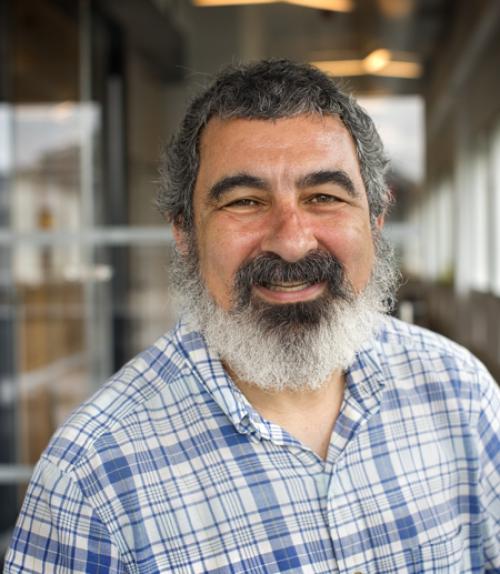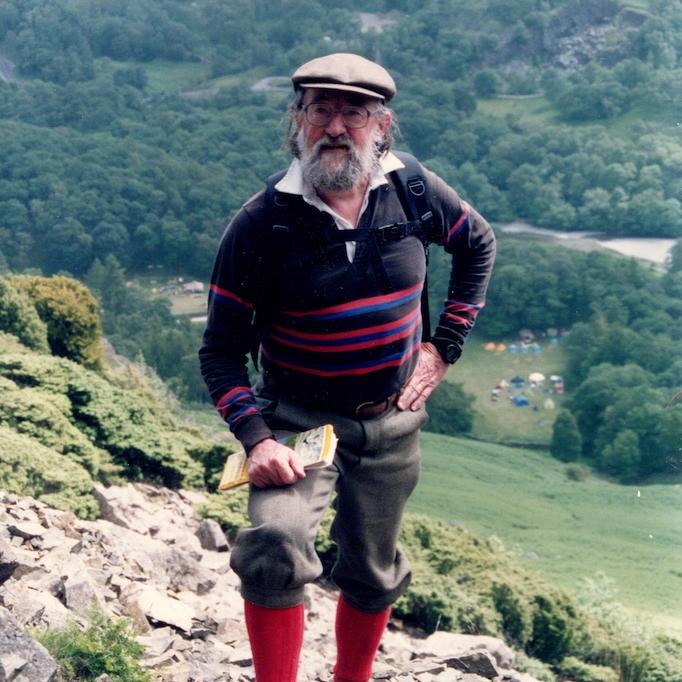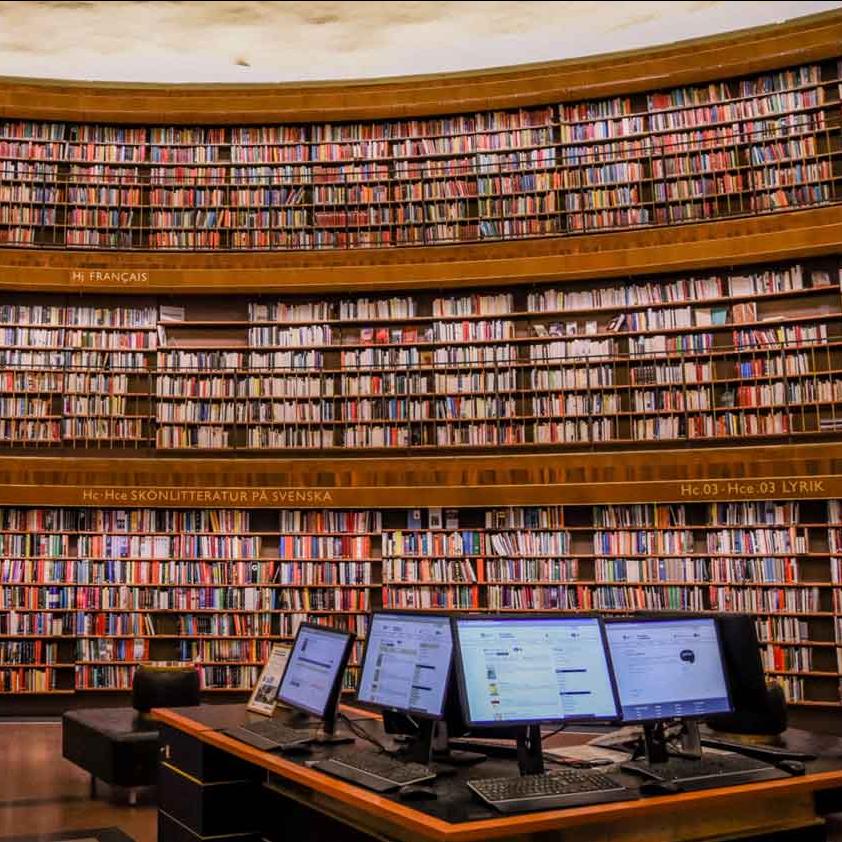
 Department Homepage
The College of Arts & Sciences
Department Homepage
The College of Arts & Sciences
Professor explores complexities of communicating the 'norms of science'
Overcoming gaps between knowledge and belief requires scientists to engage with the public, Bruce Lewenstein says.




